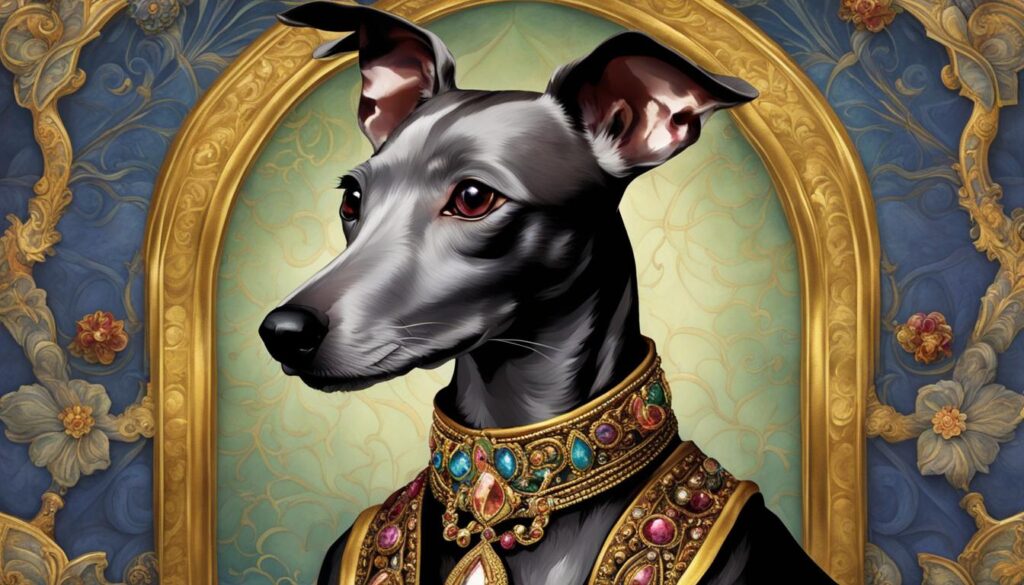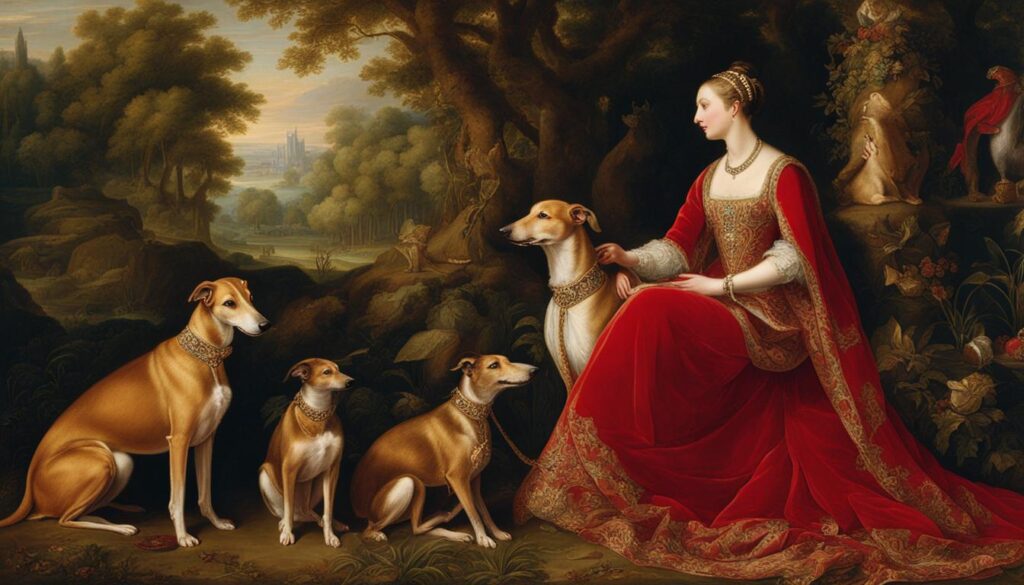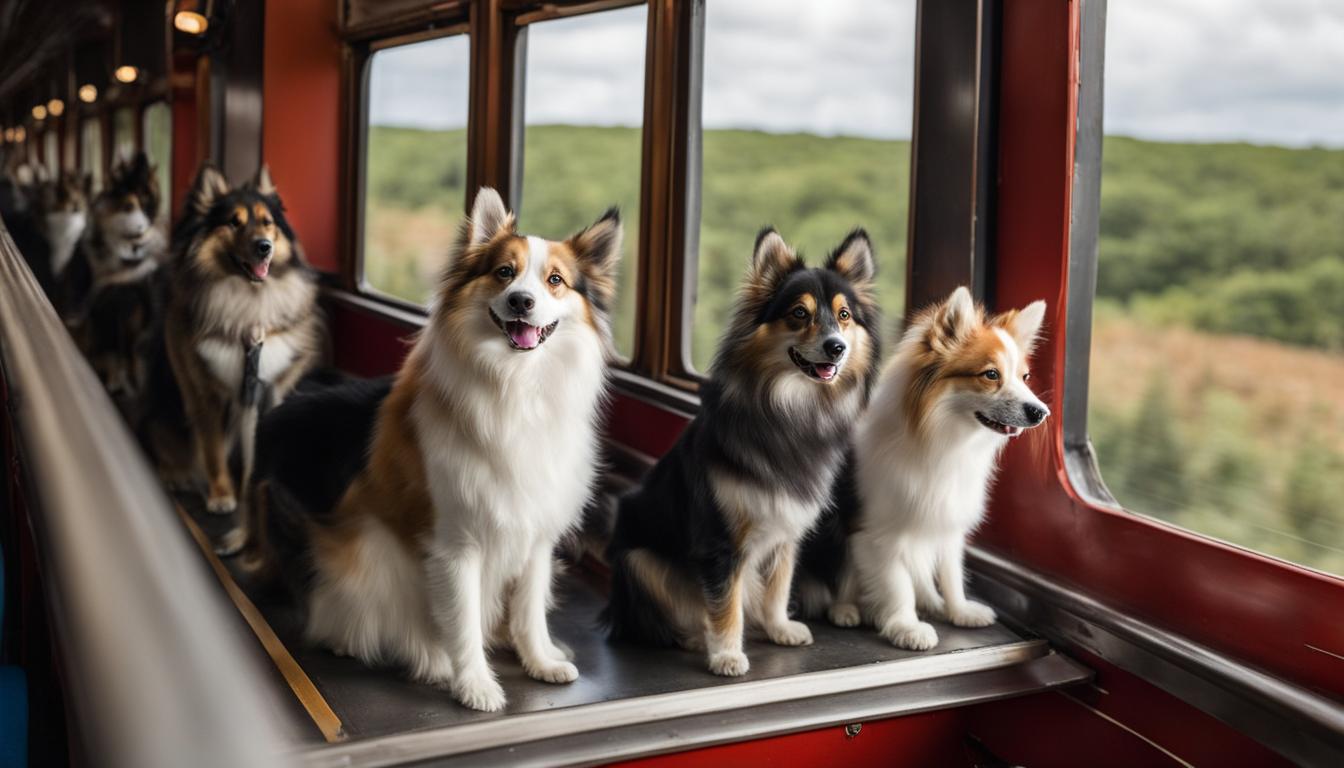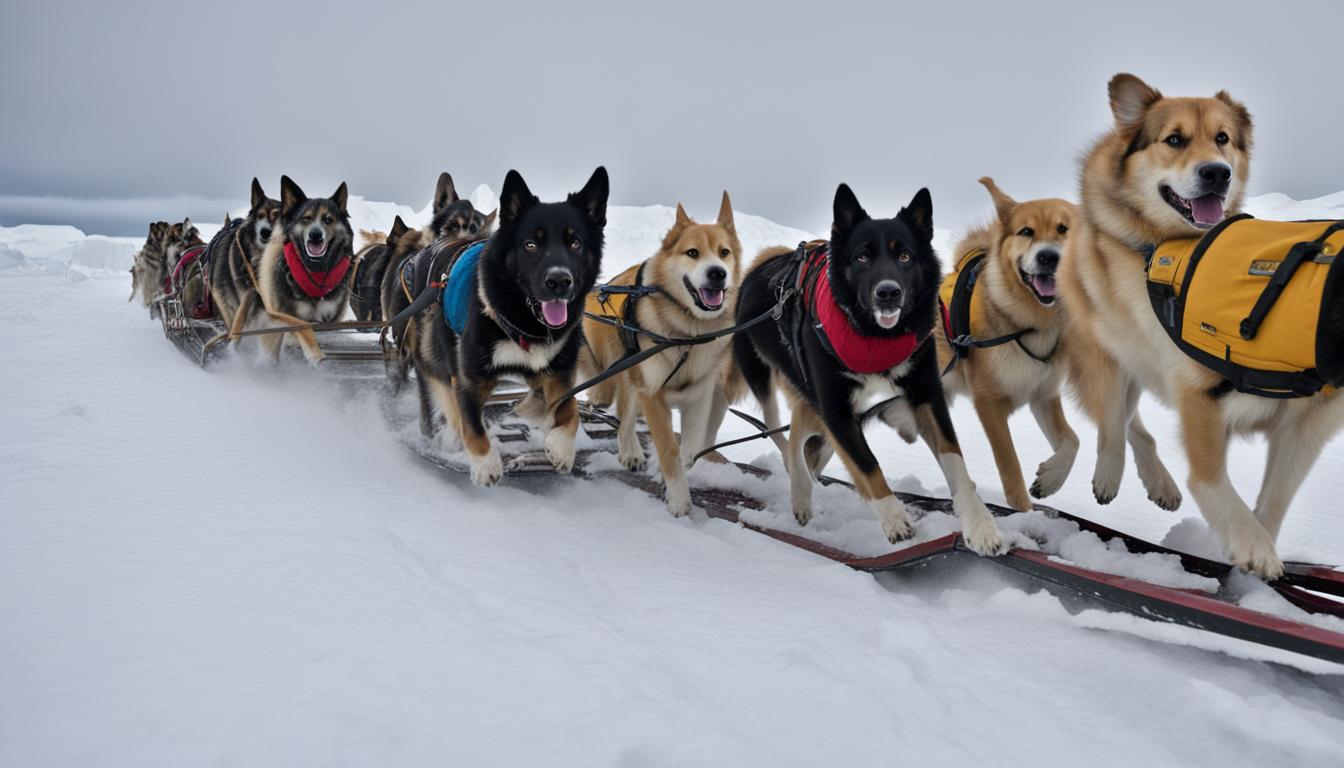Welcome to the fascinating world of Renaissance Canine Legends! Step back in time and explore the rich history of dogs in the Renaissance period. From their role in hunting to their significance in art and society, these loyal companions left an indelible paw print on history. Join us on this journey as we delve into the captivating tales of Renaissance dogs and uncover their secrets. Are you ready? Let’s embark on this adventure together!
Key Takeaways:
- Renaissance dogs were expertly trained for hunting various game.
- Dogs were highly regarded in Renaissance art and symbolized loyalty and nobility.
- Dogs were cherished companions, status symbols, and protectors in Renaissance society.
- The significance of dogs in Renaissance society extended beyond hunting to various dog sports and activities.
- The intriguing Renaissance Canine Legends continue to capture the imagination and interest of dog lovers and historians alike.
Dogs in Renaissance Art and Culture
In Renaissance art and culture, dogs were more than just loyal companions. They held a significant presence and were often depicted in paintings and sculptures, showcasing their importance in society. These artistic representations not only captured the beauty of these majestic creatures but also reflected the symbolism and values associated with them.
“Dogs have always had a special place in the hearts and minds of Renaissance artists,” says art historian Dr. Emily Johnson. “They were not just depicted as hunting companions but also as symbols of loyalty and nobility.”
In many Renaissance paintings, dogs were portrayed in hunting scenes, highlighting their skills as tracking and chasing animals. These depictions not only showcased the activity of hunting but also conveyed deeper meanings related to power, status, and romance.

One notable example is the famous painting by Titian, The Hunt of Diana. This masterpiece features a pack of hounds, each breed meticulously portrayed, symbolizing the nobility and elegance associated with hunting. The dogs in this painting showcase the artist’s attention to detail and his ability to capture the essence of these animals.
“The inclusion of dogs in Renaissance art was not merely for aesthetic purposes,” explains Dr. Johnson. “They were often used as symbols to convey deeper meanings and messages, such as loyalty, fidelity, and the pursuit of noble ideals.”
Additionally, dogs were also associated with religious and mythological symbolism in Renaissance art. For example, the image of a dog accompanying Saint Jerome represented his solitary life in the desert and his unwavering commitment to his faith.
The Symbolism of Dogs in Renaissance Art
The symbolism attributed to dogs in Renaissance art went beyond their hunting abilities and religious associations. Dogs were commonly included in portraits, serving as symbols of loyalty and companionship. These loyal creatures were seen as faithful friends and often depicted alongside their human counterparts in family portraits.
In the portrait of the Duke and Duchess of Urbino by Piero della Francesca, two greyhounds can be seen at the feet of the couple. This inclusion not only symbolized their noble status but also represented their fidelity to each other.
The Role of Dogs in Renaissance Society
Beyond their representation in art, dogs played a significant role in Renaissance society. They were considered companions and loyal friends to the aristocracy, often kept as pets in wealthy households. Their presence added a sense of companionship, entertainment, and security to the estates of the wealthy.
Furthermore, certain dog breeds were associated with the nobility, becoming status symbols in Renaissance society. Owning a well-bred and well-trained dog reflected the wealth and social standing of its owner. These dogs were prized possessions and were lavished with attention, care, and even medical treatment.
The intriguing Renaissance Canine Legends continue to capture the imagination and interest of dog lovers and historians alike, highlighting the significant role of dogs in art, culture, and society during this remarkable period in history.
The Significance of Dogs in Renaissance Society
In addition to their role in hunting, dogs played a significant role in Renaissance society. They were cherished for their companionship and loyalty, often serving as faithful friends to the aristocracy. Dogs were not only kept as pets but were also valued for the entertainment and comfort they provided. Their presence added a sense of joy and affection to the lives of their owners.
Dogs in Renaissance society were also symbols of status and social standing. Certain breeds were associated with the nobility, and owning a well-bred and well-trained dog was a reflection of wealth and prestige. The aristocracy took pride in showcasing their dogs, highlighting their refined breeding and impeccable training. A well-mannered and obedient dog demonstrated the sophistication and refinement of its owner.
Furthermore, dogs were utilized for practical purposes beyond companionship. They served as protectors of the household, ensuring the safety of the estates and livestock. The presence of a loyal and vigilant dog provided a sense of security, deterring potential intruders and providing peace of mind. Dogs were also actively involved in various dog sports and activities, such as obedience training, agility trials, and coursing. These activities further demonstrated the versatility and skills of dogs, enhancing their value in Renaissance society.
The Role of Dogs in Renaissance Society:
- Companionship and loyalty
- Status symbols
- Protectors of the household
- Participation in dog sports and activities
The significance of dogs in Renaissance society cannot be overstated. They provided emotional support, showcased social status, and contributed to the overall wellbeing of the aristocracy. Whether as trusted companions, symbols of prestige, or guardians of the household, dogs were an integral part of the Renaissance lifestyle.

Table: Breeds Associated with Nobility in Renaissance Society
| Breed | Characteristics |
|---|---|
| Alaunt/Alan | Powerful and agile, used for hunting large game |
| Basset | Short-legged with excellent scenting ability, used in tracking small game |
| Griffon | Elegant and noble, often used for hunting and falconry |
| Kenet/Kennet | Quick and agile, used for chasing and catching small game |
| Levrier/Greyhound | Graceful and swift, used for coursing and hunting game |
| Lymer/Bloodhound | Excellent scenting ability, used for tracking and trailing |
Conclusion
Dogs in the Renaissance period were more than just hunting companions. They were revered for their skills, loyalty, and companionship in society. From their portrayal in art to their role as status symbols, dogs played a pivotal role in shaping the culture and dynamics of the time.
In Renaissance art, dogs were often depicted in hunting scenes, symbolizing power and nobility. Their presence added depth to the paintings, conveying a sense of adventure and the pursuit of romance. Dogs also had religious and mythological significance, with each portrayal carrying a deeper meaning.
Within Renaissance society, dogs were companions to the aristocracy, providing both emotional support and entertainment. They were seen as faithful friends, bringing joy and companionship to their owners. Additionally, dogs served as protectors and were highly regarded for their ability to guard livestock and estates.
Furthermore, dogs held a special place as status symbols, reflecting the wealth and social standing of their owners. Certain breeds were associated with the nobility, showcasing their owners’ prestigious position in society. Dogs’ importance extended beyond hunting, as they were also involved in various dog sports and activities, highlighting their versatility.
The Renaissance Canine Legends offer a captivating glimpse into a time when dogs were cherished for their abilities and valued for their loyalty. Whether in hunting, companionship, or as status symbols, these Renaissance dogs left an indelible mark on art, culture, and society.
FAQ
What were the popular breeds of hunting dogs in the Renaissance period?
Some of the commonly used hunting dog breeds during the Renaissance period included the Alaunt/Alan, Basset, Beagle, Griffon, Harrier, Irish hound/Wardog, Kenet/Kennet, Levrier/Greyhound, and Lymer/Bloodhound.
How were hunting dogs trained in the Renaissance period?
Hunting dogs in the Renaissance period were trained to track and chase down various animals, such as deer, boars, and hares. They were optimized for specific game and received extensive training to enhance their hunting skills.
What role did dogs play in Renaissance art and culture?
Dogs had a strong presence in Renaissance art and culture, symbolizing loyalty, fidelity, and nobility. They were often depicted in paintings and sculptures, particularly in hunting scenes, showcasing their skills as hunting companions. Dogs were also associated with religious and mythological symbolism in Renaissance art.
How were dogs valued in Renaissance society?
Dogs were considered companions and loyal friends to the aristocracy in Renaissance society. They were often kept as pets, providing companionship and entertainment. Dogs were also seen as status symbols, with certain breeds associated with the nobility. Additionally, dogs were used to guard livestock and provide a sense of security to the estates of the wealthy.
What other roles did dogs play in Renaissance society?
Dogs were utilized in various dog sports and activities, such as obedience training, agility trials, and coursing. They were also used in hunting practices beyond their role as hunting companions. Dogs played a multifaceted role in Renaissance society, influencing art, culture, and social dynamics.





